TPW Magazine – New Look at an Old Canyon
Monday, April 9th, 2018This is Passport to Texas
Inside the pages of Texas Parks and Wildlife magazine you’ll find stories and photographs to entertain, inspire and leave you awe-struck.
That’s certainly the case for the April 2018 issue, on newsstands now.
In a feature article called Undiscovered Palo Duro, writer and adventurer, Russell Roe, takes readers along as he and a group of friends—lead by a guide—explore the park’s lesser- known side features.
He writes: most people who visit Palo Duro Canyon State Park take in the big views, pitch a tent, watch the musical Texas and head down the trail leading to the Lighthouse, the park’s signature formation. Roe says he’s done all of those things, too.
Yet, he adds: for those who are willing to further explore the park, they will find that it contains slot canyons, box canyons, caves, big boulders, hoodoos, scenic mesa tops, giant junipers and other natural and cultural wonders.
Being in good physical condition is not a prerequisite for discovering those wonders, but it sure does help. You’ll need to hike and climb to fully appreciate some of these features.
And Russell Roe say it is worth every bruise, scratch and sore muscle. The April issue of Texas Parks and Wildlife Magazines on Newsstands now.
That’s our show for today… Funding provided in part by Ram Trucks. Guts. Glory. Ram
For Texas Parks and Wildlife…I’m Cecilia Nasti.
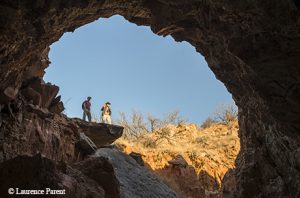

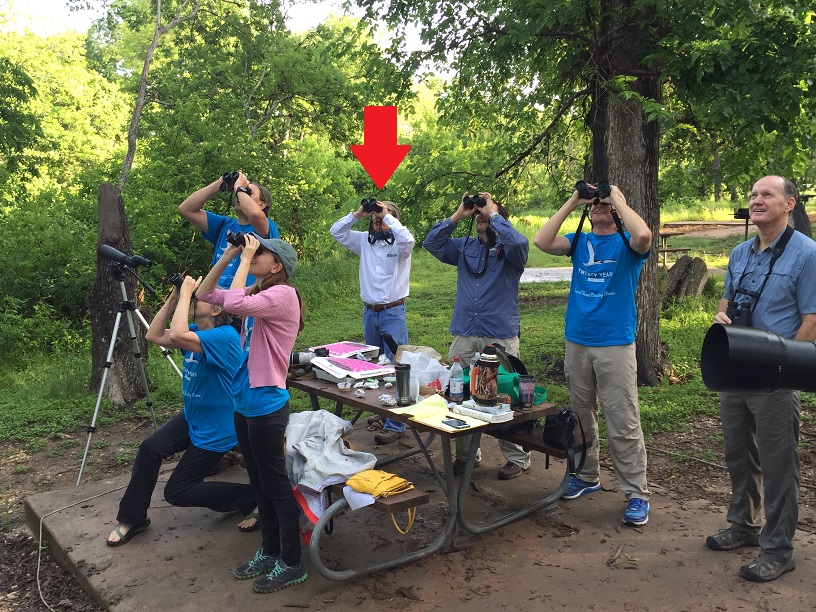
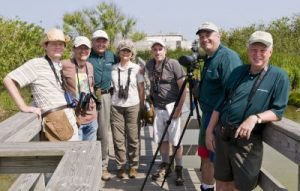
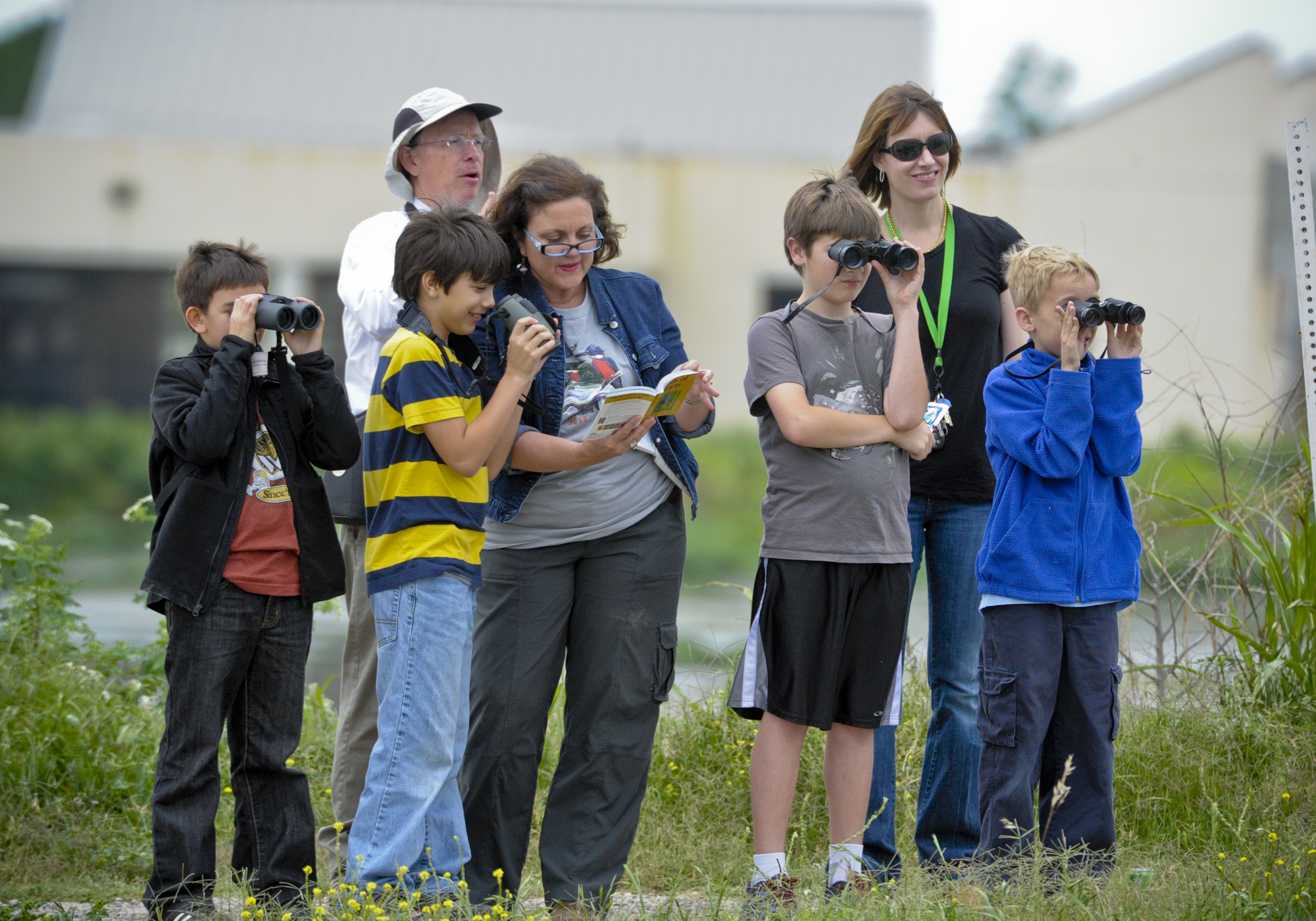
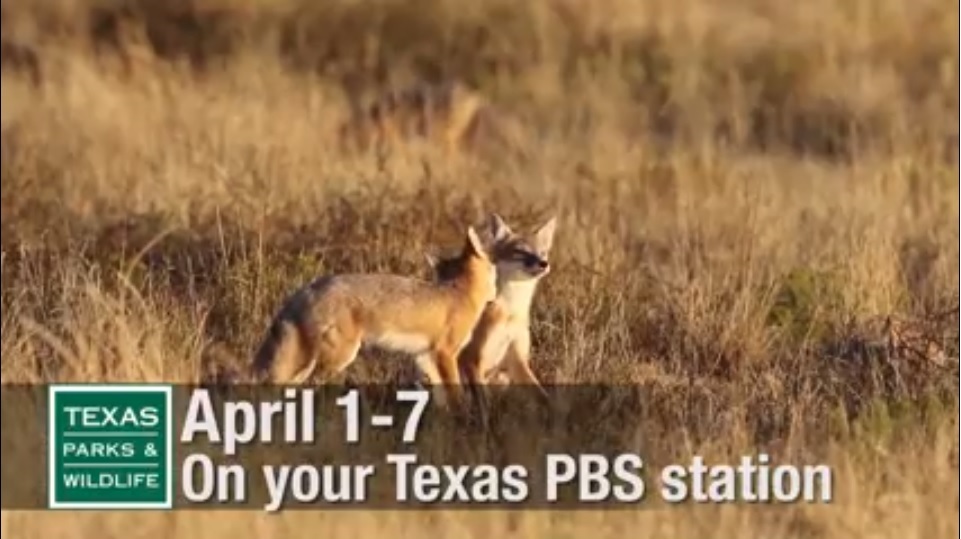

 Passport to Texas is a
Passport to Texas is a  Passport to Texas is made available by:
Passport to Texas is made available by: